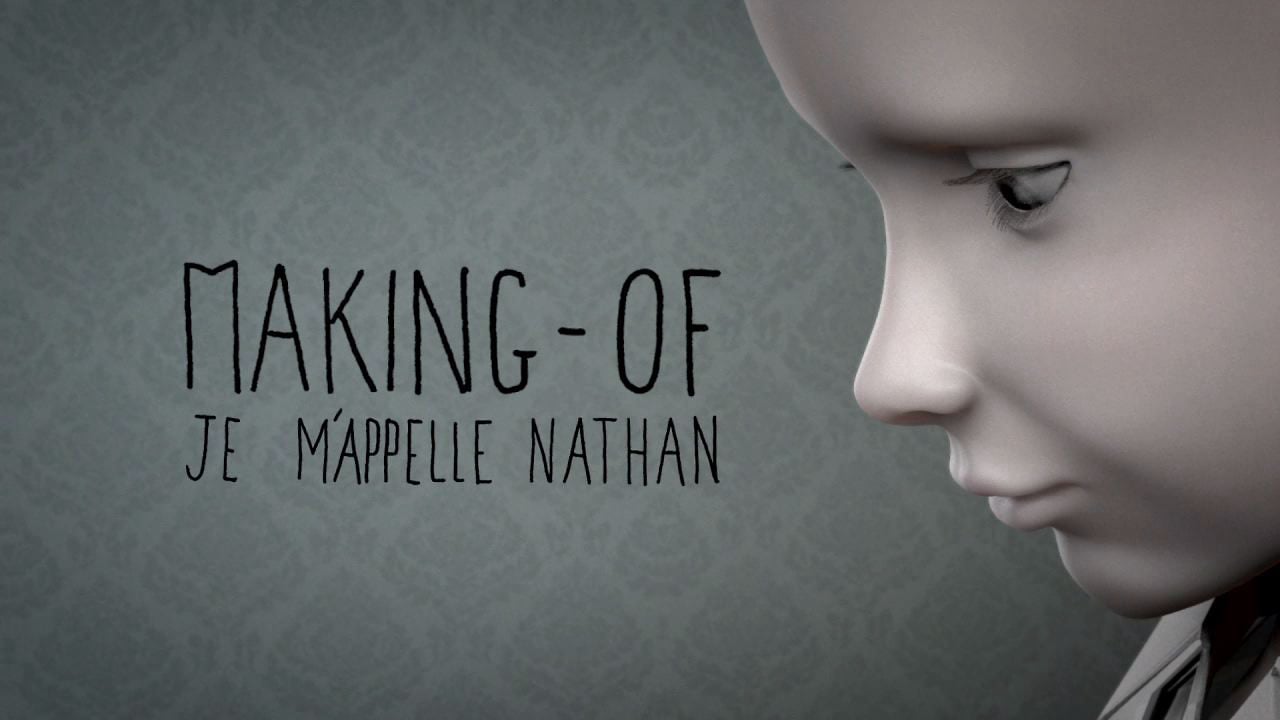Autism is a difficult subject to address especially as a film school project, but you’ve created a metaphorical film that portrays the state of mind with warmth and astuteness. What was behind your decision to explore this subject and how did you evolve your initial idea into this narrative?
Many people who watched this short film asked if I had any relative or acquaintance affected by autism, but it’s not the case, so I wouldn’t choose to treat this subject on a scientific/medical point of view, nor in a witness/testimonial way (like the film “Mon petit frère de la lune” – “My little brother of the Moon” ) but rather with a metaphorical approach.
But I didn’t start this school project with that particular theme in mind. I was merely developing a graphic and narrative universe (a boy with a cage inside his head) that would speak about loneliness or difference. Later, as my work had led me onto a psychological level, a teacher dropped the word ‘autism’ and -of course! – it was exactly the meaning around which I was groping without seeing it. I jumped on the idea and did a lot of research.
I discovered that 2012 had been named “Year of Autism as a national cause” in France which was even more confirmation for me that I was on the right direction. The cause had highlighted many national debates, especially about the validity and efficacy of the psychoanalytic approach. As it was impossible for me to contribute on such a scientific level, I was happy to explore the subject from an artistic point of view!
Did the film end up as you had originally anticipated?
Not really! I had planned a much more complex narration, but like you said, it was no easy subject, especially for a student project, and indeed the teaching staff was extremely cautious, judging it far too ambitious and risky for a first film. I had to insist! After some fights with the most skeptical teachers, I was allowed to go on provided that I simplify the scenario.
Originally the child’s appearance was not so “human” like, not so realistic, and he was supposed to get so irritated by the disturbing noise of the bird that in the end he would almost rip his head off!
Was making Nathan a team collaboration?
It’s a personal project: I was the only student working on it, although I was helped and guided by teachers and specialists at school. Making a film by yourself is quite difficult! Particularly when it’s your first one, because you can’t be good in every field, but still you have to do everything. That explains also the short length of the film (officially 1 minute, 1 to 2 minutes in practice.) Making the film kept me busy for eight long months!
What were the key lessons you learnt from making this film?
One of the key lessons was to understand that technical issues are not always the hardest ones to solve in order to make a good film. Amongst other things, the finding of a good idea, the writing of the scenario, the convincing of the feasibility and the interest of the project, the self-organization (especially for me!!) and also the communication: all those things can’t be neglected, though one doesn’t always imagine how essential they are when embarking for the first time on such an adventure.
They were my first lessons, but I’m sure that I’ll always get new ones with each film I’ll work on in the future.
Was this your graduation film or are you still a student with Supinfocom? And when you do graduate what are your plans?
This project was not my graduation film: it was the purpose of my penultimate year, as an exercise (the instructions required that we select and quote a French song, and make a short film about it.)
Currently in my final year at Supinfocom, I’m working with a team on our graduation film, which will be quite different! You can have a glimpse here.
When I graduate, my first goal will be to find some work, to discover the professional world and to build a solid network of contacts. And soon as I’ll get the chance, I hope to carry on with ideas of short films and maybe make another one of my own.
See the making of Nathan in Related Content












